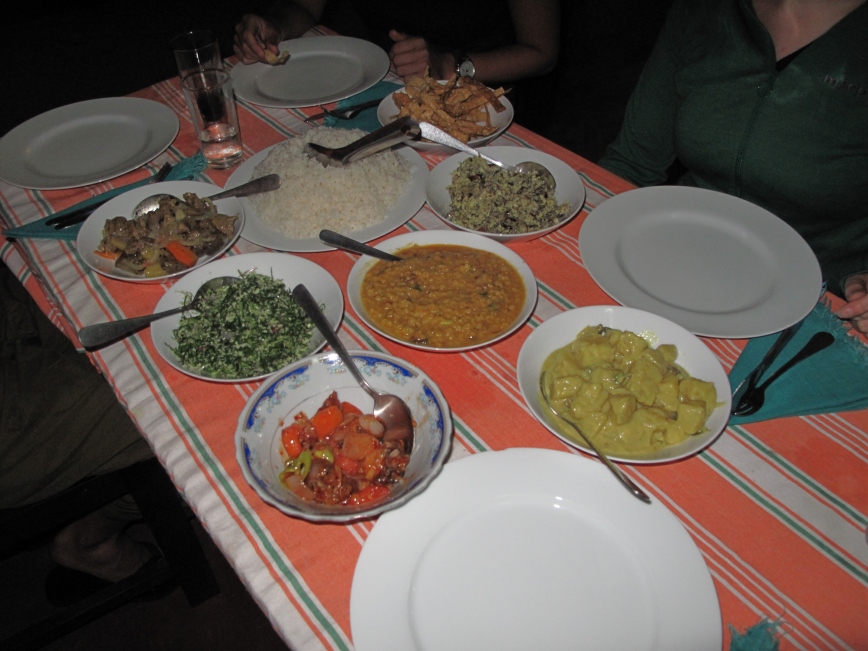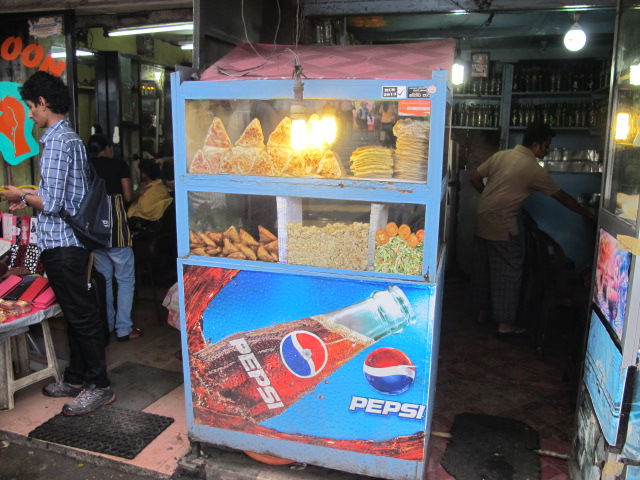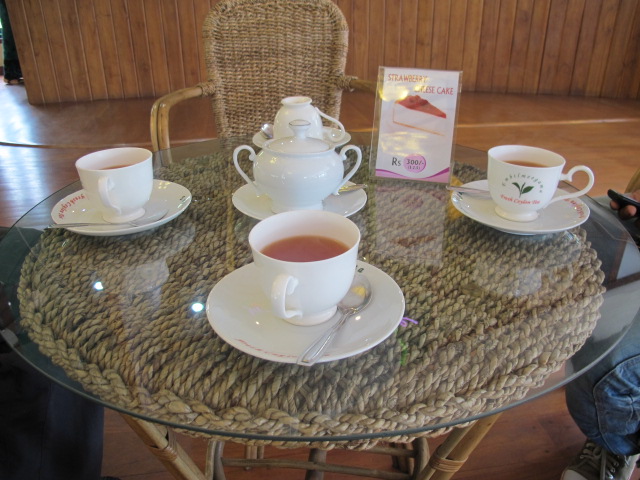Our first full day in India. It’s amazing how quickly we are adapting to such a new and different place and culture – already things seem less hectic than yesterday when we first arrived. We wonder what it would’ve been like for us if we hadn’t had Sri Lanka to ‘warm us up’ to the hustle and bustle of India.

A rest stop

Incredible architecture
We spent today exploring and trying to adjust ourselves; trying to navigate our way around a tiny section of this massive city. We walked the streets to just look, people watch, and try and gain a little bit of insight into this extraordinary culture.

A quiet stretch of street
It was wonderful to have no specific sightseeing agenda – rather, we just walked. Within the first hour of exploring, we’d been asked by four locals to take a “photo, photo” of them, using our camera. At first we were suspicious – in Sri Lanka the locals had done this in order to get tourists to pay them money. However, it became clear quite quickly that the payment they wanted was simply the opportunity to see themselves on the digital screen. I’m not sure how it is in other parts of the country, but at least here, today, that’s how it was.
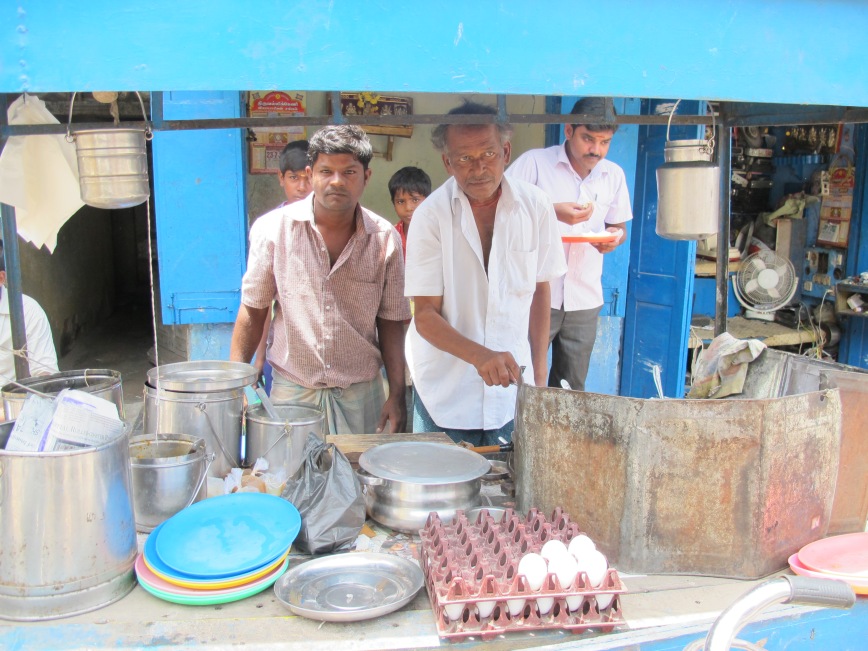
Workin’ it

This guy loved the camera
We found a local shopping mall – Spencer Plaza – which was an interesting experience; if you imagine a bazaar with sprawling shops and little alleyways, street food stalls and touters all contained within a building, that’s a better depiction. I ended up buying a few pieces of Indian style clothing with beautiful colours and patterns; our first full day here, and I’m already shopping.
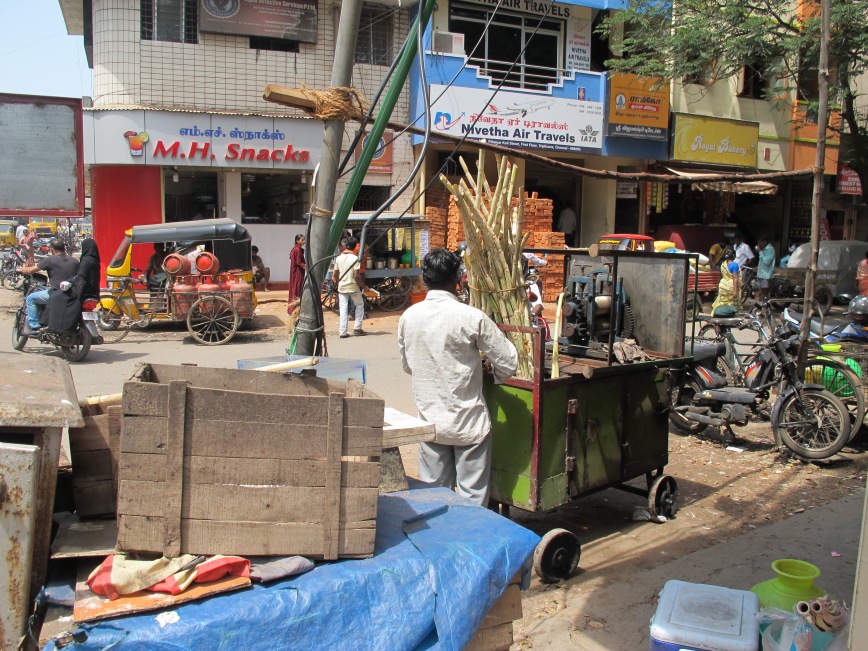
A sugar cane juice vendor
We ate lunch at an Indian vegetarian restaurant that served up incredible meals. The place was full of locals, and Jake ordered “what they’re having” – a set lunch that came out on two enormous silver platters; one dish held four watery curries and poppadoms, the other dish held 10 beautiful varieties of curries, with a savory pancake and noodle-style pancakes (the best way I can describe them) in the centre of the dish. Staff walked around with a massive bowl of rice, and continually piled more fresh white rice into people’s dishes, and the curry is never ending if you wish so. We watched as locals rhythmically mixed their rice and curries between their fingers, pouring the watery curries onto the rice and then adding generous amounts of the other thicker curries to the mix. The locals eat A LOT, it seems: we watched as they ‘re-filled’ their rice three or four times each, as well as their curry dishes when they ran out.

Just a small part of a very large meal…
Funniest moment of the day: when taking photographs of a wild street scene, I turned around to see the face of an Indian man with a colourfully painted forehead, smiling a HUGE white toothed smile at me and my camera – he’d been fascinated by the screen and come in for a closer look. Literally an inch or two from my face, he scared the shit out of me! I squealed, and he was delighted.

Another day…
…
Our evening was spent again wondering the area near-by to our guest house, taking in the sights, sounds and smells that are so foreign to us, yet strangely familiar.

Adjusting…
Stepping over the bodies of sleeping people, around stray dogs and through the small gaps between parked motor bikes, we dodged the traffic as we madly tried to cross the roads. We passed the same sprawl of textile and homeware shops, street food vendors and chai makers, flower garland weavers and men busy working at their sewing machines, through scaffolding and busy streets, past smiling faces and staring eyes. We watched as food was tossed high into the air from boiling woks, and as our naan was prepared in a tandoori oven, before being wrapped up in butchers paper and tied with string. Children asked us to take their “photo, photo” and were overjoyed at the opportunity to see themselves on a digital screen.
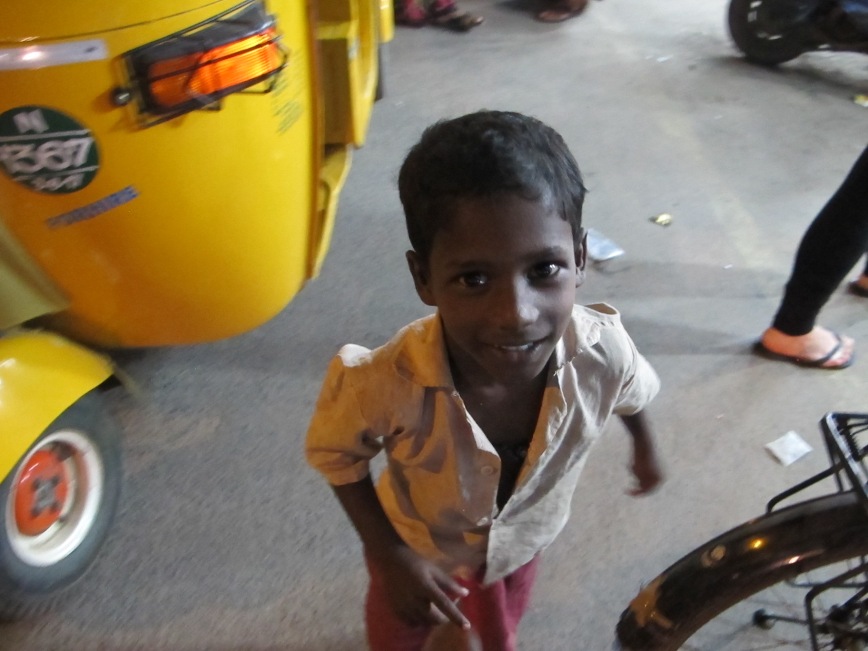
Smiley
Again, we had to watch our every step and movement to ensure we didn’t get hit by moving traffic, or step somewhere we shouldn’t, but it was easier – it’s getting easier – to manage.
We didn’t venture much further than yesterday this evening – but we didn’t have to – there’s no need. I think we could walk the same area night after night after night, and every time we’d see something new, meet someone new, or discover a laneway we hadn’t before noticed… The thing about this place, it seems, is that there is just always so much happening – so much to see and take in.

YUM!
We found a “home ware shop” – a tiny space between two buildings – and bought a metal chai canister. We don’t like contributing to the already horrendous rubbish situation, and with the amount of chai we suspect we will be drinking in the next three months, the 48 rupee investment in a metal, re-useable tea canister is a much more environmentally friendly option than the hundreds of little white paper cups. (Well it will be once I’ve washed and scrubbed it to within an inch of its life.)
The food is all so tempting to eat; the Indian sweets are so bright and colourful, the smells are aromatic and we watch as people effortlessly add more and more spice to whatever they’re cooking. It all looks – and is – so new and foreign, we wouldn’t know what to choose! Jake had read that Chennai, and the South of India, is known for its fabulous ‘Kebabs’; he was keen to try one but… we’re just not sure yet what we can trust, and what our western stomachs can handle.
We ended the night with two cups of chai – each – a perfect way to finish off what has been an enthralling, entertaining and insightful day in India.




